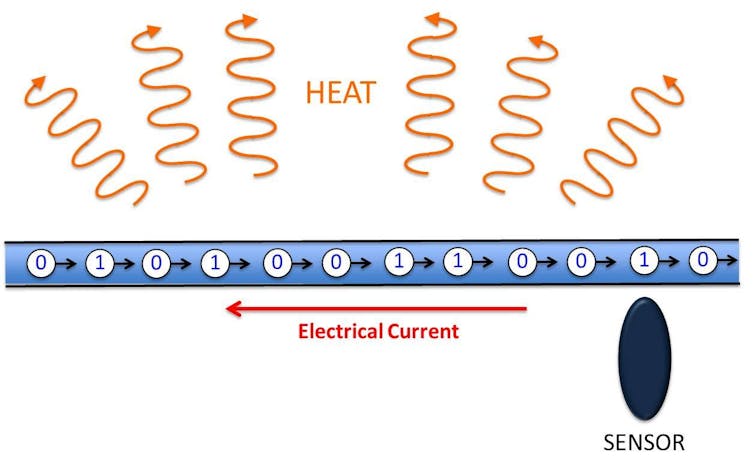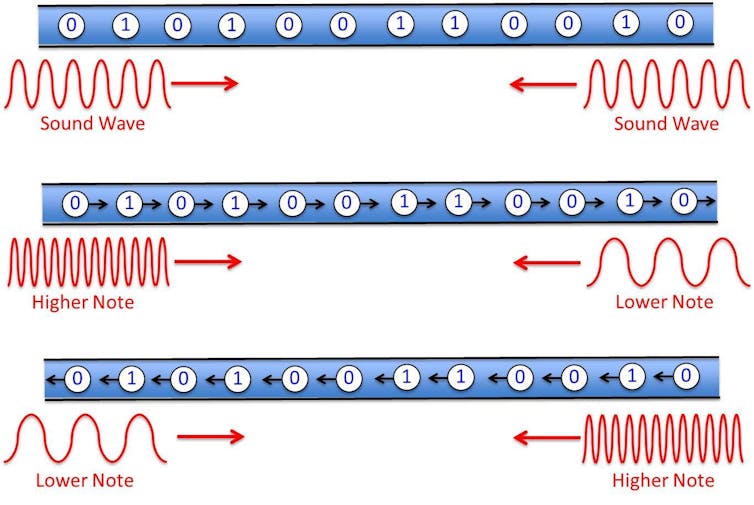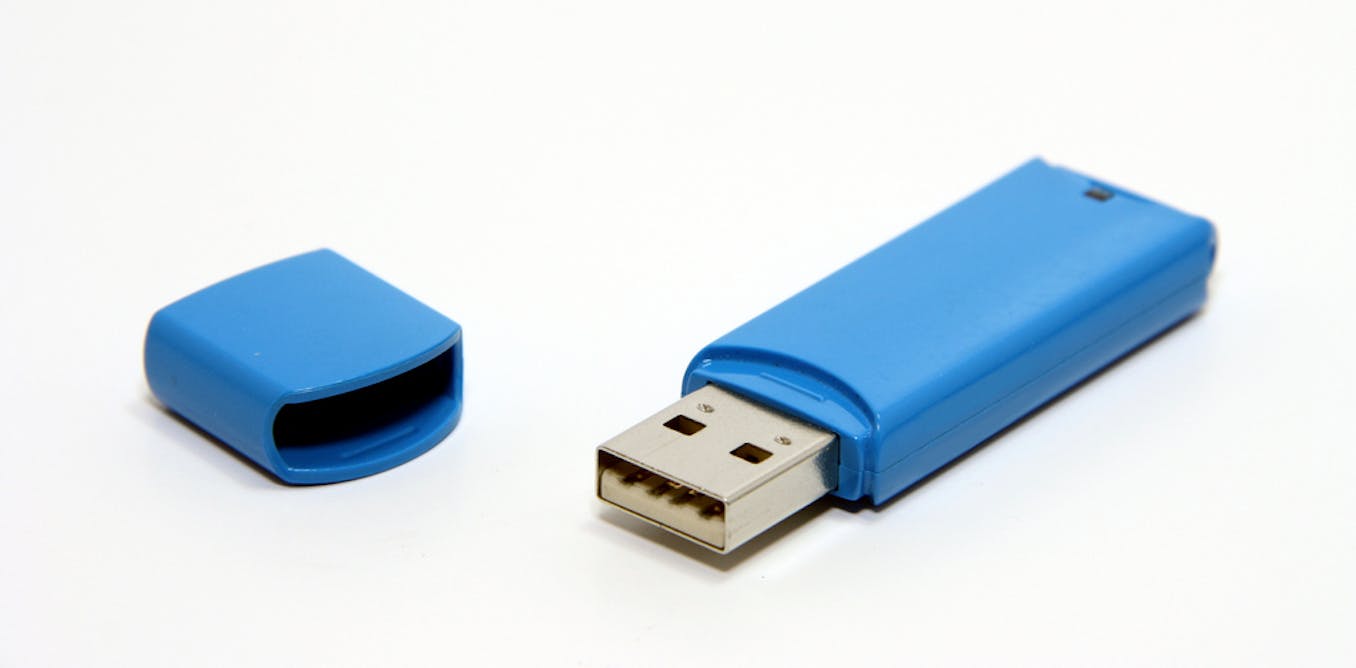
Our wish to retailer information is rising at an astonishing charge. An estimated 2.7 zettabytes (2.7 x 1021) of knowledge are lately held international, an identical to a number of trillion bytes for each and every one of the vital 7 billion other people on Earth. Getting access to this knowledge briefly and reliably is very important for us to do helpful issues with it – the issue is, all our present strategies of doing so are some distance too gradual.
Standard hard-disk drives encode information magnetically on spinning discs, from which the knowledge is learn through a sensor that scans over its floor because it quickly rotates. Their shifting portions introduce the potential of mechanical disasters, and boundaries the speeds conceivable. This slows the whole thing down.
A lot sooner are solid-state garage gadgets, which haven’t any mechanical portions and retailer information as tiny electric fees. Most current laptops, all fashionable smartphones and virtual cameras, and lots of different gadgets use this generation – sometimes called flash reminiscence. On the other hand, whilst solid-state gadgets are a lot sooner they have got a far shorter lifespan than difficult disks prior to turning into unreliable, and are a lot more pricey. And regardless of their pace, they’re nonetheless some distance slower than the rate at which information travels between different parts of a pc, and so nonetheless act as a brake at the device as an entire.
A solid-state power that encodes information magnetically could be perfect. IBM is creating one variation, referred to as racetrack reminiscence. This makes use of collections of tiny nanowires masses of instances thinner than a human hair. Information is magnetically encoded as strings of ones and zeros alongside the nanowire, however even if it might transfer information thru it some distance sooner than conventional difficult disks, a key problem is to search out techniques to make the knowledge “go with the flow” in the course of the nanowires with the intention to go it around the sensors that learn and write information to the cord. This can also be accomplished through making use of magnetic fields or electrical currents, however this generates warmth and decreases persistent potency, affecting battery existence.

Creator equipped
There are alternative ways of shifting magnetic information, then again. My team on the College of Sheffield together with John Cunningham on the College of Leeds were the usage of simulations, now revealed in Implemented Physics Letters, to discover techniques of constructing racetrack reminiscence extra environment friendly and stumbled upon a stunning answer the usage of sound waves.
Moved through the sound
In our simulations we created vibration-sensitive magnetic nanowires on most sensible of layers of piezoelectric fabrics, which stretch once we observe an electrical voltage. Via making use of a rapidly-switching voltage they start to vibrate, developing a unique kind of sound wave referred to as floor acoustic waves.
The usage of this technique we created two sound waves, one flowing forwards alongside the nanowires and one flowing backwards. Those waves mix in combination to create often spaced areas of the nanowire which vibrate strongly separated through areas that don’t vibrate in any respect. Our analysis displays that the magnetic information bits are drawn to and held in position on the strongly vibrating sections. If we then alternate the pitch of 2 sound waves, in order that one “sings” the next observe and one a decrease observe, we discover that vibrating areas begin to go with the flow alongside the nanowire, pulling the knowledge bits with them simply as is needed for racetrack reminiscence. If we transfer the notes round, the knowledge flows in the wrong way. The usage of simplest sound on my own it’s conceivable to transport information in each instructions.

Creator equipped
These days our simulations display information flowing at round 100mph (160kph). This sounds lovely speedy, however we’d adore it to be ten instances sooner. On the other hand the truly thrilling implications of this stem from the original houses of floor acoustic waves. As a result of they simply exist proper at a subject material’s floor they lose power very slowly, and will trip up to a number of centimetres (which is very large while you imagine the tiny measurement of the nanowires). As a result of nanowires are so small a unmarried pair of waves might be carried out to an overly massive collection of wires, and due to this fact the knowledge inside of them, on the similar time. Doubtlessly this makes it an overly persistent environment friendly manner of shifting a lot of information round briefly.
There are nonetheless a large number of questions that want answering prior to we’ll know whether or not this generation is truly the technique to the issues maintaining again racetrack reminiscence. However with those promising preliminary indications, your next step is to create an experimental prototype to check it for actual.
Supply Via https://theconversation.com/sound-waves-could-power-hard-disk-drives-of-the-future-50474






